3D Technology
The Evolution of 3D Printing Technology
Introduction to 3D Printing3D printing, also known as additive manufacturing, is a revolutionary process that transforms digital models into physical objects. By building items layer by layer, it enables the creation of complex geometries and custom designs that traditional manufacturing methods often struggle to achieve.
Introduction to 3D Printing3D printing, also known as additive manufacturing, is a revolutionary process that transforms digital models into physical objects. By building items layer by layer, it enables the creation of complex geometries and custom designs that traditional manufacturing methods often struggle to achieve.
Early Beginnings:
- 1980s: The concept of 3D printing began with Dr. Chuck Hull, who invented stereolithography (SLA) in 1983. This technique used ultraviolet light to cure liquid resin into solid layers, creating the first 3D-printed object.
- 1990s: The technology expanded with the development of fused deposition modeling (FDM) by Scott Crump. FDM works by extruding melted thermoplastic filament through a heated nozzle, allowing for faster and more accessible printing.
- 2000s: The introduction of affordable desktop 3D printers made the technology more accessible to hobbyists and small businesses. Open-source initiatives, like RepRap, democratized 3D printing by encouraging users to build their own printers.
- 2010s: Significant advancements in materials, such as bioprinting with living cells and the use of metal powders in selective laser melting (SLM), expanded the applications of 3D printing. Industries like aerospace, automotive, and healthcare began adopting these technologies for rapid prototyping and production.
- Stereolithography (SLA):
- Uses a laser to cure liquid resin into solid layers.
- Known for high precision and smooth finishes.
- Fused Deposition Modeling (FDM):
- Extrudes melted thermoplastic to build objects layer by layer.
- Widely used for prototyping and functional parts.
- Selective Laser Sintering (SLS):
- Utilizes a laser to fuse powdered materials, such as nylon or metal, into solid structures.
- Ideal for complex geometries and functional prototypes.
- Digital Light Processing (DLP):
- Similar to SLA, but uses a digital light projector to cure resin.
- Faster printing speeds and high detail.
- Binder Jetting:
- Uses a liquid binding agent to join powder materials.
- Effective for creating large parts with a variety of materials.
- Rapid Prototyping: Quickly turning ideas into tangible prototypes for testing and validation.
- Customization: Creating bespoke products tailored to individual needs, such as prosthetics or specialized tools.
- Supply Chain Optimization: Reducing inventory and transportation costs by allowing on-demand production.
